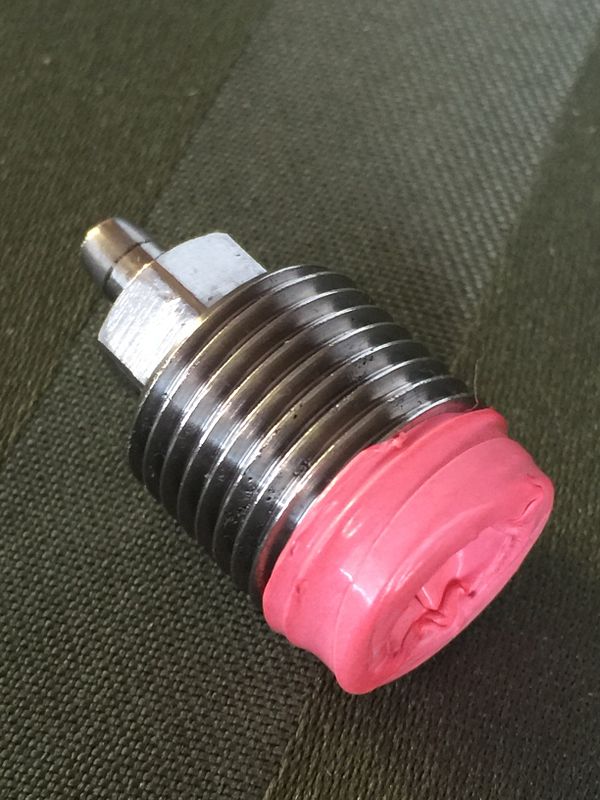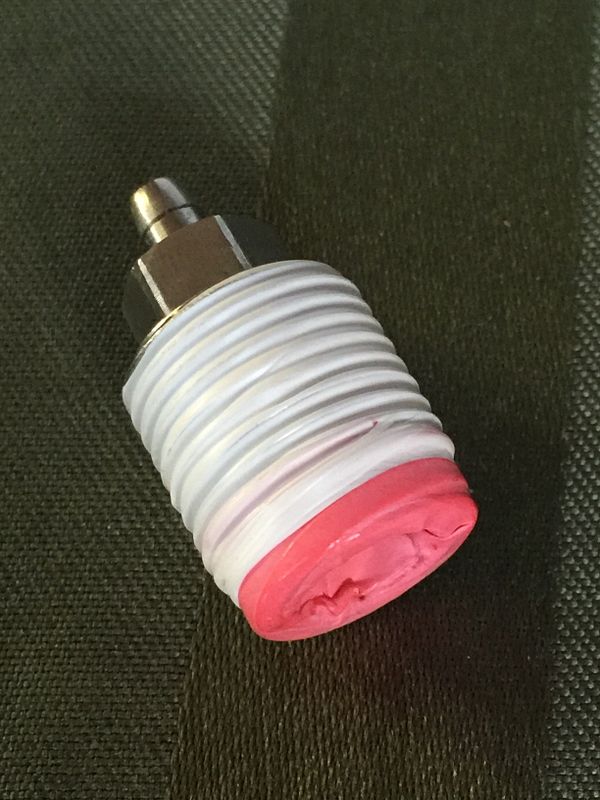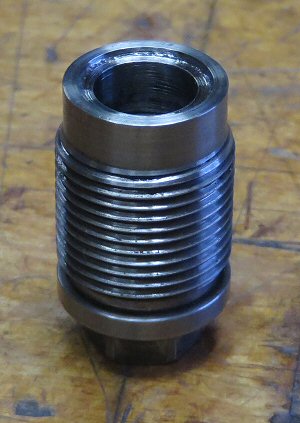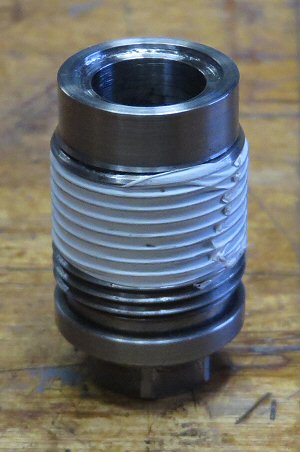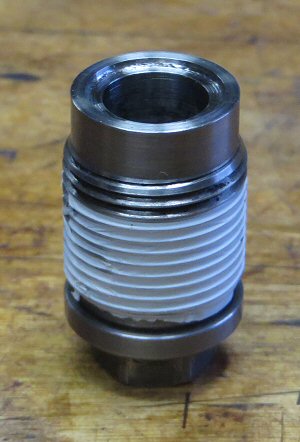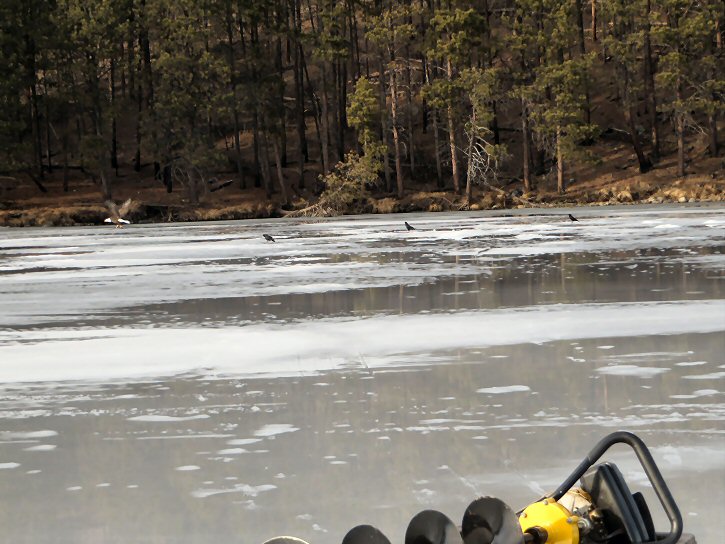- Joined
- May 19, 2005
- Messages
- 9,205
- Reaction score
- 1,741
52Bore said:Sorry Encore, we've gotten off your original question.
Those that have front face seals. Have you ever coated the front of your breech plug, install like normal and remove? A thin coat of Prussian blue works best, but a black magic marker will do - coat it good. You will see the amount of contact you have.
Correct and I have done that to almost all of my rifles... The real problem as Jeff pointed out is the barrel swells right at that joint and will allow gas to escape back onto the plug... But... if you have enough bearing surface all the way around the nose of the plug and shoulder in the barrel it will not swell enough to get wider than that bearing surface.
They used to make spray graphite and teflon, BPCR guy tried it years ago on PP bullets - but I don't think it improved their groups, but it was tried.
Has anyone ever tried either of these sprays on their breech plugs thread, you could probably also spray the thread in a break-open or Omega - but might be hard in a bolt gun.
This seems like it would certainly slick the threads up for removal and coat the threads to maybe fill some of the void space in the threads.
I have both and have used both - both of them apply a mixture that is to thin to stand up to the pressure. That is why I have gone to Tape.. The color of the tape used is dependent on how loos your plug might be as it goes in the barrel. I would prefer to use yellow tape on the over the nose application of tape but yellow is to thick to screw in and not tear in my applications. Pink would be the next best but right now I only have a few rifles that pink will screw into. So white the thinnest tape is the tape I use in most application.
If I could use a thicker tape over the nose I would have that much better of seal between the nose of the plug and the shoulder in the barrel...






